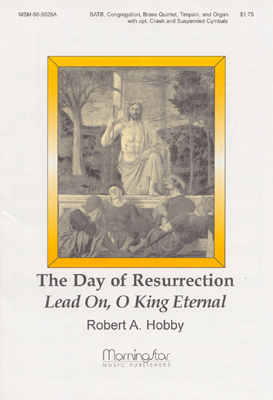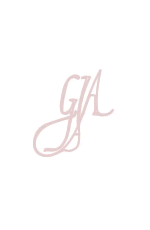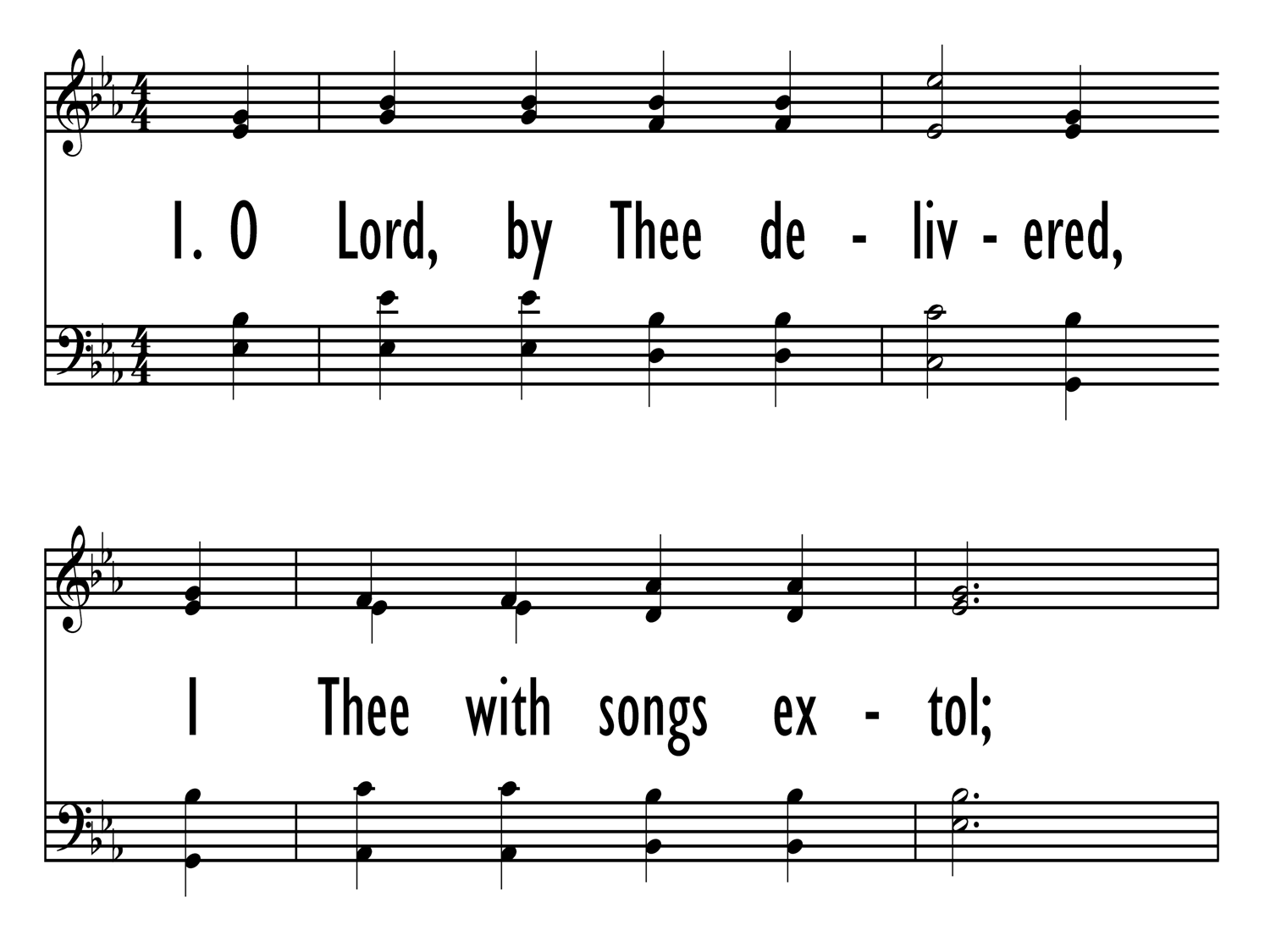- |
User Links
GREENLAND (Haydn)

GREENLAND (Haydn)
Composer (attr.): Michael HaydnPublished in 224 hymnals
Printable scores: PDF, MusicXML
Audio files: MIDI, Recording
Composer (attr.): Michael Haydn
 Johann Michael Haydn Austria 1737-1806. Born at Rohrau, Austria, the son of a wheelwright and town mayor (a very religious man who also played the harp and was a great influence on his sons' religious thinking), and the younger brother of Franz Joseph Haydn, he became a choirboy in his youth at the Cathedral of St. Stephen in Vienna, as did his brother, Joseph, an exceptional singer. For that reason boys both were taken into the church choir. Michael was a brighter student than Joseph, but was expelled from music school when his voice broke at age 17. The brothers remained close all their lives, and Joseph regarded Michael's religious works superior to his own. Michael played harpsichord, violin, and organ, earning a precarious living… Go to person page >
Johann Michael Haydn Austria 1737-1806. Born at Rohrau, Austria, the son of a wheelwright and town mayor (a very religious man who also played the harp and was a great influence on his sons' religious thinking), and the younger brother of Franz Joseph Haydn, he became a choirboy in his youth at the Cathedral of St. Stephen in Vienna, as did his brother, Joseph, an exceptional singer. For that reason boys both were taken into the church choir. Michael was a brighter student than Joseph, but was expelled from music school when his voice broke at age 17. The brothers remained close all their lives, and Joseph regarded Michael's religious works superior to his own. Michael played harpsichord, violin, and organ, earning a precarious living… Go to person page >Tune Information
| Title: | GREENLAND (Haydn) |
| Composer (attr.): | Michael Haydn |
| Meter: | 7.6.7.6 D |
| Incipit: | 35555 13322 44323 |
| Key: | E♭ Major |
| Source: | Lausanne Psalter |
| Copyright: | Public Domain |
Texts
Rejoice! Rejoice, BelieversThe Day of Resurrection
The day of resurrection!
Earth, tell it out abroad;
the passover of gladness,
the passover of God.
From death to life eternal,
from earth unto the sky,
our Christ hath brought us over,
with hymns of victory.
Alternative Tunes
Notes
GREENLAND, an example of the popular nineteenth-century practice of creating hymn tunes from the works of classical composers, is thought to be originally from one of J. Michael Haydn's (PHH 67) "Deutschen Kirchen Messen." The tune acquired its title from its occasional association with the text "From Greenland's Icy Mountains" by Reginald Heber (PHH 249).
The harmonization is from Benjamin Jacob's National Psalmody (1819). Jacob (b. London, England, 1778; d. London, 1829) became the organist of Salem Chapel in Soho, London, at age ten. Known as one of the best organists of his day, he was also active as a pianist and conductor. He included his own tunes and harmonizations as well as those of others in the 1819 hymnbook he compiled.
GREENLAND has a large range, strong high points, and a rising "rocket" figure at the beginning of the fourth line. It is well suited to choral harmony with brass accompaniment. Because the first two stanzas are sung by believers to believers, the congregation could divide as follows: women on stanza 1; men on stanza 2; all on stanza 3. Sing the hymn with a great sense of rejoicing, but note the change (st. 2-3) to a sense of hopeful expectation that Christ will soon return.
--Psalter Hymnal Handbook, 1988
Timeline
Arrangements
Harmonizations, Introductions, Descants, Intonations
|
Organ Solo
|
Piano Solo
|
Instruments: Clarinet and Organ
|


 My Starred Hymns
My Starred Hymns





